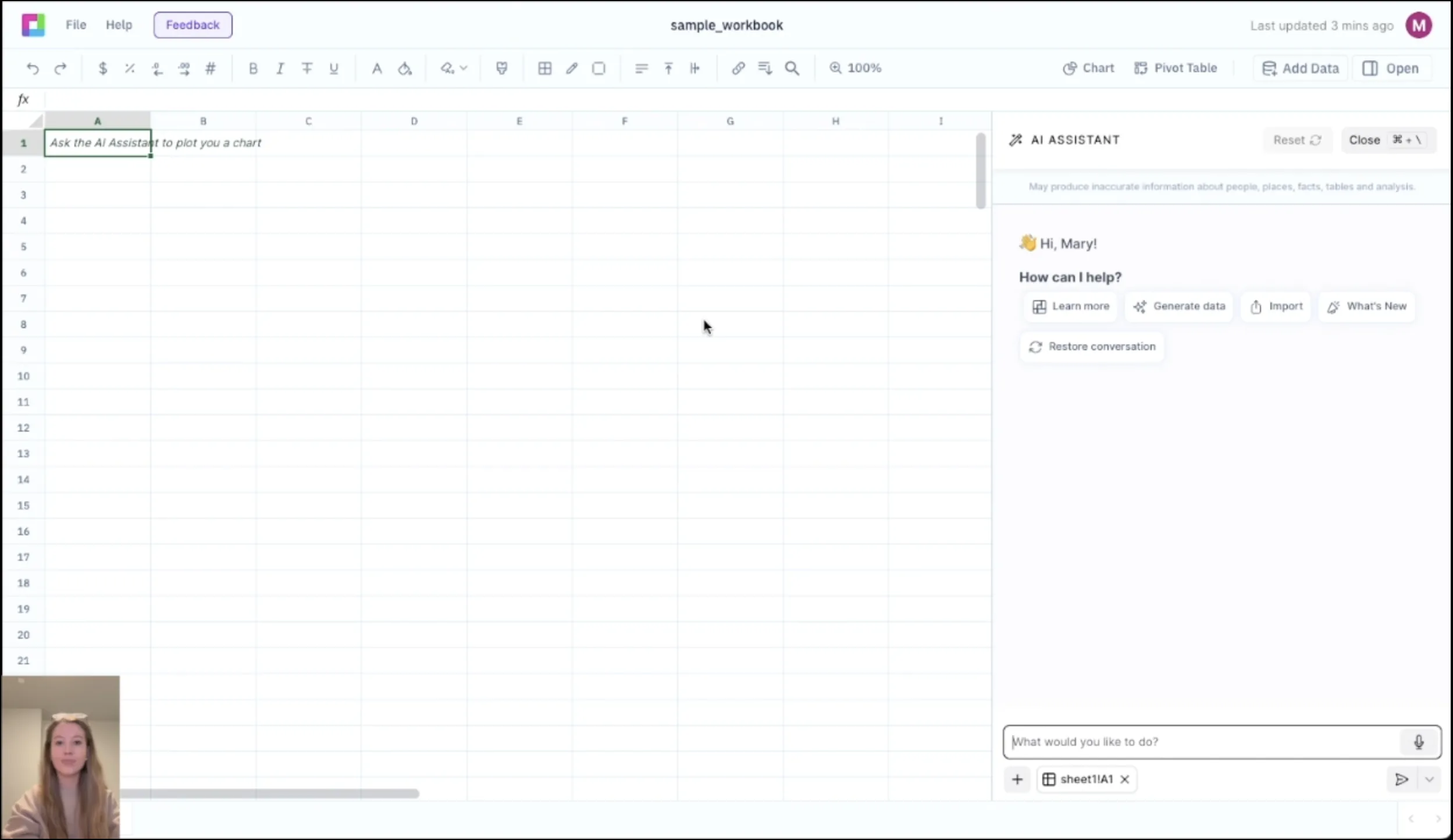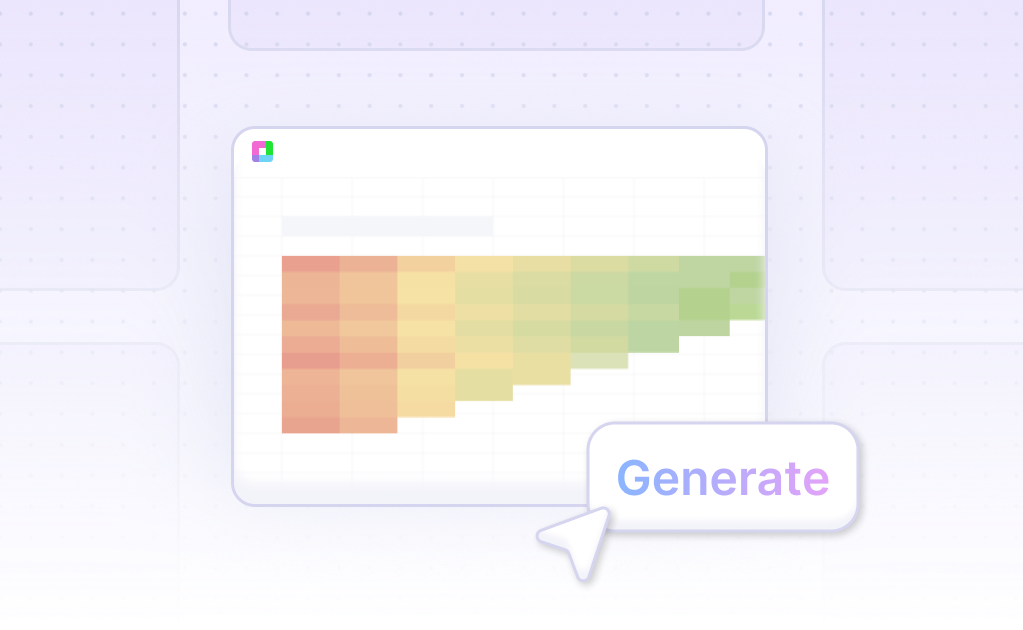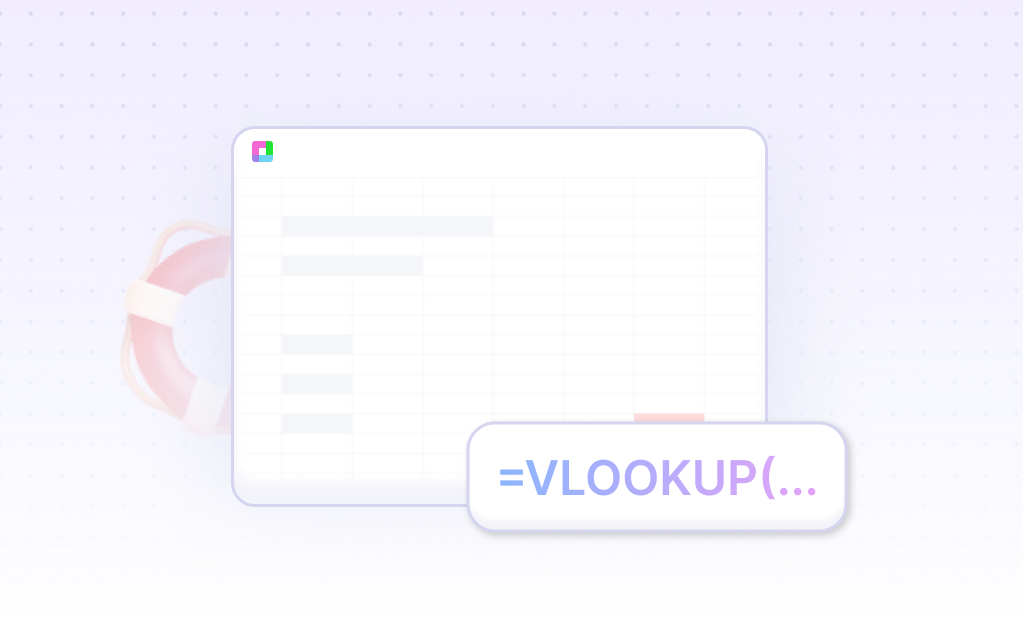
Master Insurance Underwriting with Professional Risk Assessment Tools
Insurance underwriting requires sophisticated risk assessment, pricing models, and comprehensive analysis to ensure profitable and sustainable insurance operations. Our Insurance Underwriting template provides comprehensive tools to assess risks, price policies, and optimize underwriting decisions with institutional-quality frameworks for insurance companies.
From risk assessment to pricing optimization, enhance underwriting performance. Built for insurance underwriters, actuaries, and risk managers, this template helps you assess risks, price policies, and optimize underwriting strategies.
Comprehensive Risk Assessment Framework
Risk Scoring & Rating
Develop risk scoring models with risk factors, rating algorithms, and scoring systems. Assess individual and portfolio risks with comprehensive rating methodologies.
Actuarial Analysis
Conduct actuarial analysis with loss frequency, severity modeling, and expected value calculations. Analyze historical claims data and develop predictive models.
Catastrophic Risk Assessment
Assess catastrophic risks with natural disaster modeling, extreme event analysis, and tail risk assessment. Evaluate potential losses and reinsurance needs.
Risk Factor Analysis
Analyze risk factors with demographic analysis, geographic risk assessment, and behavioral risk modeling. Identify key risk drivers and correlations.
Pricing Models & Underwriting Optimization
Premium Pricing Models
Develop premium pricing models with risk-based pricing, competitive analysis, and profit margin optimization. Implement dynamic pricing and rate adjustment strategies.
Loss Reserving & Provisioning
Calculate loss reserves with chain-ladder method, Bornhuetter-Ferguson method, and expected claims analysis. Ensure adequate reserves and regulatory compliance.
Reinsurance Analysis
Analyze reinsurance needs with treaty analysis, quota share modeling, and surplus protection assessment. Optimize reinsurance strategies and cost-benefit analysis.
Profitability Analysis
Analyze underwriting profitability with combined ratios, loss ratios, and expense ratios. Monitor profitability trends and identify improvement opportunities.
Frequently Asked Questions
How does it develop risk scoring models?
The template develops risk scoring models with risk factors, rating algorithms, and scoring systems. It assesses individual and portfolio risks with comprehensive rating methodologies.
Can it conduct actuarial analysis?
Yes, the template conducts actuarial analysis with loss frequency, severity modeling, and expected value calculations. It analyzes historical claims data and develops predictive models.
How does it assess catastrophic risks?
The template assesses catastrophic risks with natural disaster modeling, extreme event analysis, and tail risk assessment. It evaluates potential losses and reinsurance needs.
Does it include premium pricing models?
The template includes premium pricing models with risk-based pricing, competitive analysis, and profit margin optimization. It implements dynamic pricing and rate adjustment strategies.
How does it analyze profitability?
The template analyzes underwriting profitability with combined ratios, loss ratios, and expense ratios. It monitors profitability trends and identifies improvement opportunities.
Related Insurance Tools
Connect your most-used data sources and tools to Sourcetable for seamless analysis.
Frequently Asked Questions
If you question is not covered here, you can contact our team.
Contact Us





